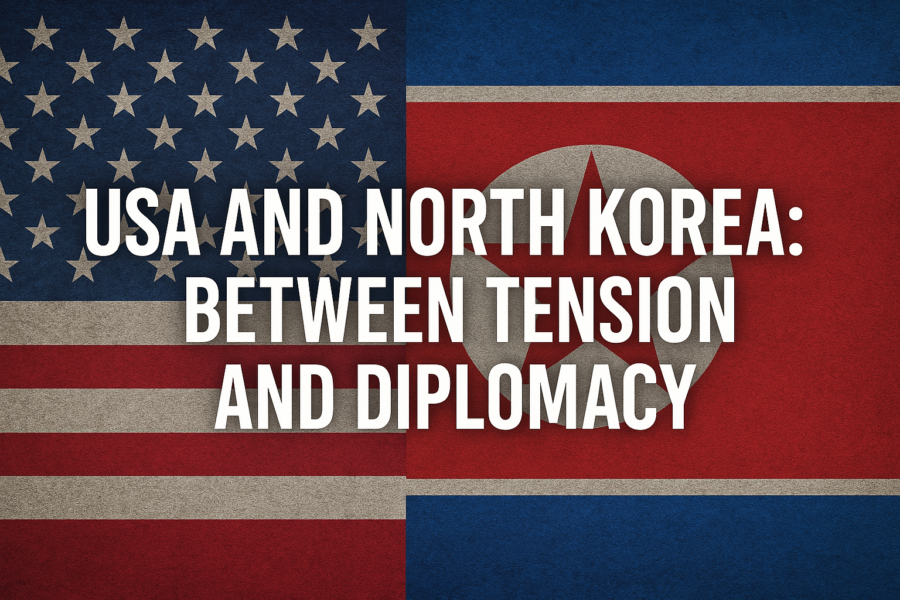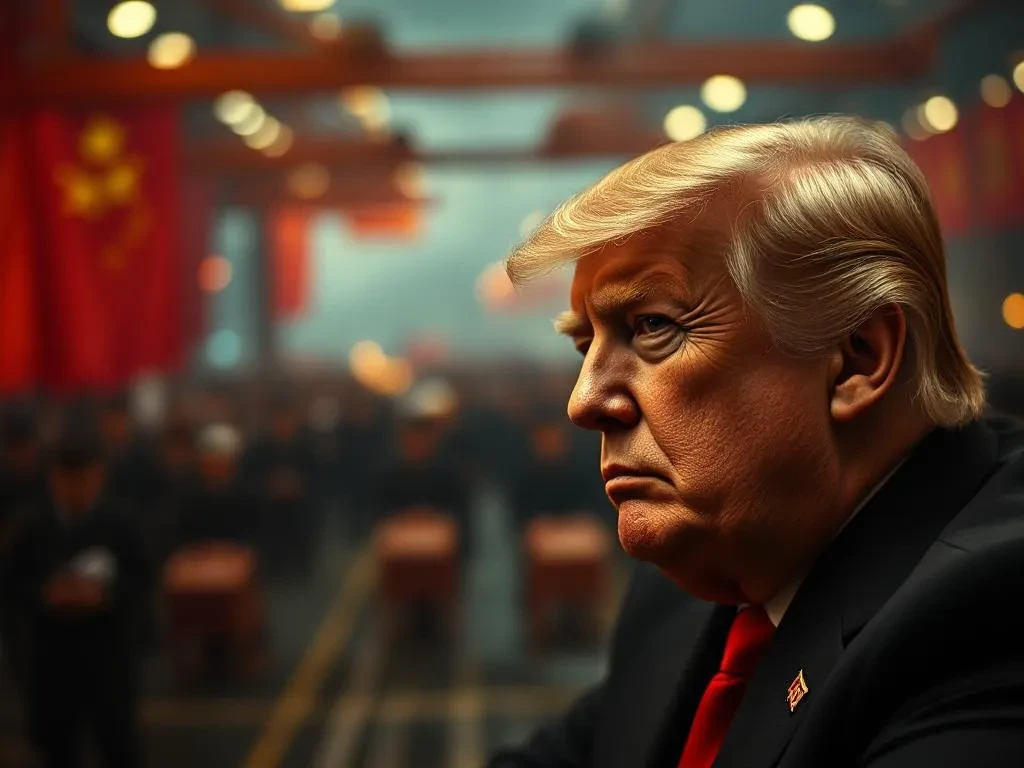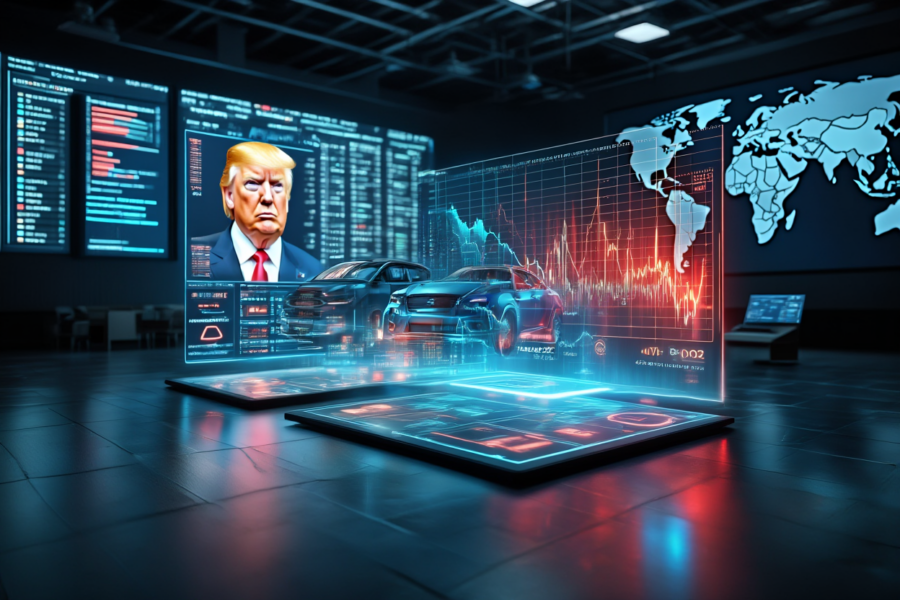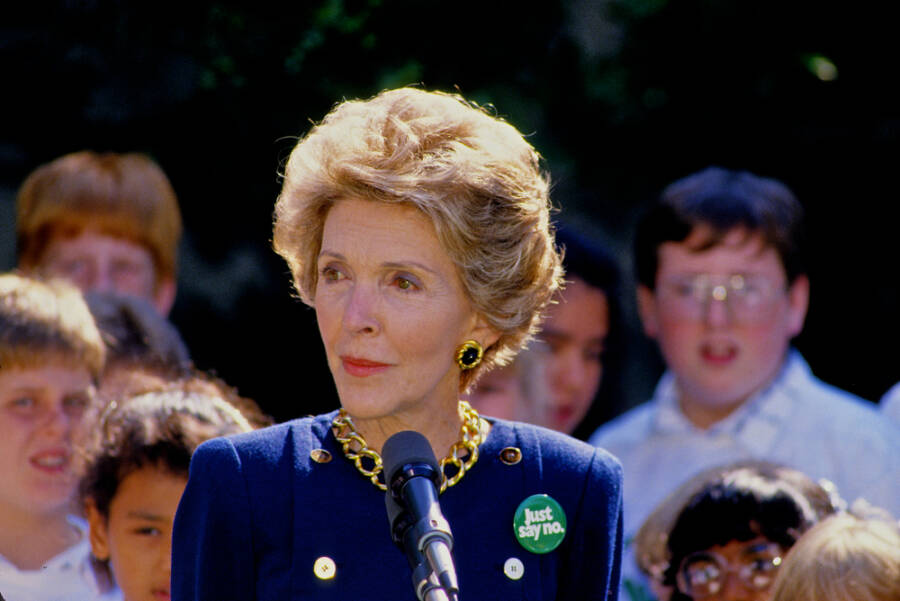Political campaigning has changed greatly over the years. Here’s how:
The influence of the Internet on the world of politics, and in turn political campaigning, is undeniable. Like with anything, it comes with many pros and cons, but the future of campaigning looks to become more embedded in the digital domain as more and more politicians utilize the power of the Internet.
The media has always played an important part in candidates getting the word out on how they plan to lead America if elected but the Internet is allowing those candidates to reach people like never before.
The 2016 presidential election provided stark evidence of this with the Trump campaign spending 50% of its budget on digital. Quite a startling jump in statistics considering previous campaigns only set aside between 15% and 20% of their budget to court voters on their digital doorstep.
With more and more money being spent on campaigns, there will be even more of that money making its way to online platforms.
But just how has the Internet influenced major parts of the campaign process? And what does this mean for the future of politics online? Here we take a look at 10 ways the Internet has changed political campaigning forever.

Costs
As alluded to in the opening statement, political campaigning costs have skyrocketed over recent years to stratospheric heights, but the Internet has minimized costs with its ability to reach the average voter through online news, blogs, forums and social media. A prime example is the 2016 campaign which, based on advertising rates, saw Donald Trump reportedly get more than $4.96 billion in free media coverage and out of that more than $3 billion came from the Internet.
There is hope that the shift to maintaining a consistent online political presence will help future smaller political campaigning that’s strapped for resources get their message to a wider audience than any time before and in turn raise more funds for their bid for the White House.
Reach
A single Tweet or Facebook post can now allow candidates to reach millions of potential voters like no time before, Trump’s use of Twitter proved that.
His campaign effectively marketed his run for the presidency on social media and ‘the Donald’ took that to a whole new level with his inflammatory, sometimes rambling, and bizarre announcements and pronouncements to his 17 million Twitter followers.
The added bonus to the way Trump used social media is that love him or hate him, anything he said on social media was poured over and shared by friends and foes alike.
With 78% of the U.S population currently having a social media profile, these platforms have quickly become the ultimate tool for candidates reaching not just potential voters in America, but all over the world.
Personalization
With social media profiles comes the illusion of candidates being able to engage with voters on a more personal level. I say illusion as we all know our online persona’s are not exactly a carbon copy of our actual selves but arguably, social media does seemingly place focus on the individual rather than the political party.
The 21st century is the first time in political history where you can directly contact the candidate on any number of social media platforms and actually receive some personalized engagement (although it might be their social media manager you are talking to, not the actual candidate).
Seeing how the largest population of potential voters are now millennial’s, those who are currently between 25 and 40 years old (around 72.1 million people in the U.S.), that personalized outreach can go a long way.
Data
The 2016 election campaign saw the emergence of data analytic firms like Cambridge Analytica, the firm that managed data for the Trump campaign, and highlighted just how critical they can be in targeting, influencing and shaping the way individuals vote. If this company is doing it, it can be safe to say there are many others we just haven’t heard of yet.
And how do they manage to have such an impact on how people vote? By analyzing ‘4000-5000 data points on every single adult in the U.S, Cambridge Analytica managed to successfully model a marketing strategy that micro-targeted ads to individual personality traits, subtly accommodating voter behavior and ensuring it was pointed in the desired direction.
Sadly, many people are still blissfully unaware of just how much of their personal information, purchase history, phone calls, consumer data and Facebook surveys are readily available to anyone that wants to seek it out for political influence.
Mobilization
Social media has already shown what a crucial role it can play in mobilizing people for a cause. Just take what happened back in 2015 when the US supreme court’s ruled to legalize same-sex marriages, people were encouraged to add a rainbow filter to their profile images in solidarity with the LGBT community, and 26 million Americans did just that.
The Internet itself has shown on numerous occasions how instrumental it is in activating networks of followers, supporters, and volunteers to canvas for the candidate, organize events and bring a greater public awareness of what the candidate’s policies are.
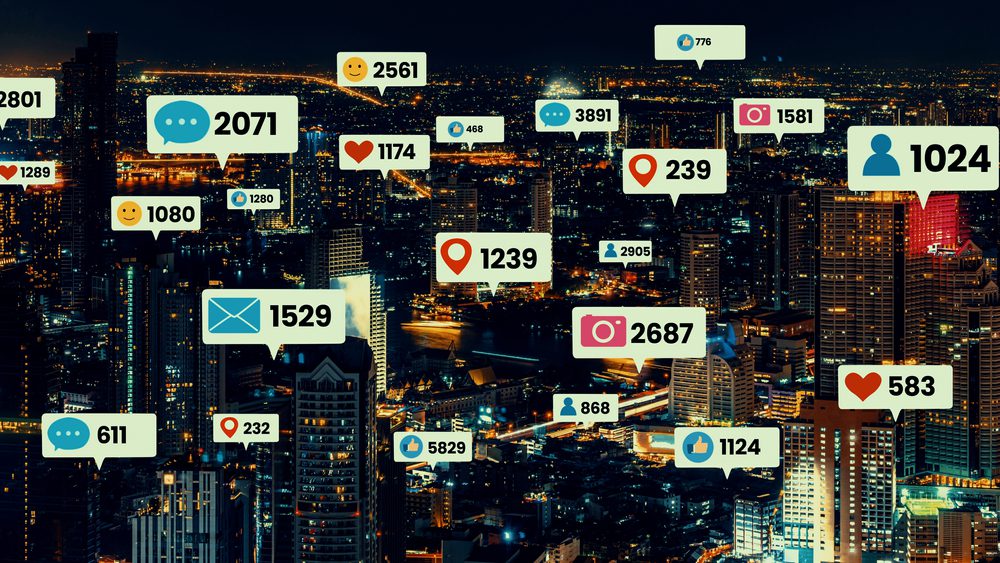
Engagement
Whichever social media platform we are talking about, they have all already built up an audience and any politician able to tap into that resource has the potential to turn the sentiment of millions of voters in their favor.
With AMA’s (ask me anything) on platforms like Reddit and Quora, much like with personalization, voters can now more readily participate in direct discussions with candidates.
This type of direct and almost instantaneous connection has also allowed modern politicians to receive instant feedback on their policy proposals and are able to improve, adjust or even drop policies in direct response to what their potential voters have to say on the matter.
Likewise, candidates are able to keep supporters updated about the progress of the campaign.
Participation
In the past, having voters agree with your political position was one thing, but to actively get them to get up off the couch and go door to door in support of you, is quite another. The Internet, however, has given voters the chance to become part of a cause they believe in from the comfort of their homes.
Planning and coordinating events has also become accessible to people across the country through the simple act of visiting the campaign website and signing up. The 2008 Obama campaign utilized this very effectively as it saw registered users plan 200,000 offline events, write 400,000 blog posts and create more than 35,000 volunteer groups.
Recruitment
Long gone are the days of recruiting volunteers by handing out brochures, posters and getting the word around through your contacts. As with participation, people are more likely to sign up if you make the process streamlined and simple, and that is precisely how web forms have helped recruit many who otherwise wouldn’t bother.
With a visit to a campaign website, a click here, a quick sign up form there, candidates are finding it increasingly easier to convince people to sign up to their cause. Not only that, but once you have recruited them, your ability to almost instantaneously engage, interact and mobilize them has also increased tenfold.
Fundraising
The fact that former mayor of New York, Michael Bloomberg spent a staggering (and record breaking) $900 million in his failed attempt to become president, tells you all you need to know about the sort of money making its way into the coffers of 21st century politicians and their campaigns. However, not all potential candidates have bottomless pockets like Mr. Bloomberg.
The rise in online fundraising has borne some very interesting fruit. Take Bernie Sanders’s call for donations after winning the New Hampshire Primary in 2020.
Asking for small donations like ‘$10 bucks, $20 bucks, or $50 bucks,’ 18 hours and $5.2 million later, the campaign had broken the fundraising record for money raised in less than a day. Something that would have been completely impossible before the advent of the Internet.
Testing
In the old days, a politician’s campaign had to be meticulously planned out from day one, but in today’s digital world, candidates have learned to be less rigid and more fluid in their approach and have started molding every part of the campaign according to user responses.
Not only that but the literature involved in the campaign can be constantly tweaked to make sure it’s exactly what people want to see.
Customized e-mails are sent in their thousands and different versions of the campaign website are displayed to different groups of people so that improvements can be made after analyzing responses.
Presenting a campaign that has been tried and tested in real-time, has allowed modern candidates to make sure the message they are getting across reaches and is approved by the largest number of voters.

Takeaway
The Internet is not going anywhere, anytime soon, as it has become an almost indispensable part of everyone’s lives. Like with any resource, politicians are going to tap into it and use it to get their message out to as many voters as possible. Unfortunately, like with any powerful weapon, it can be just as easily used for nefarious purposes.
There may have been a rise in digital campaigning but at the same time, there has been a simultaneous rise in ‘fake news’, propaganda, misinformation, and disinformation. The ways the electorate is being misled through online interactions, largely without their knowledge, is setting a very dangerous precedent.
Online campaigns are still in their infancy and subject to a kind of Wild West mentality.
However, as the sophistication levels grow in the dissemination of messages to voters by politicians and their online managers, so too (hopefully), will the sophistication of the electorate grow in their ability to see through any smokescreens or downright lies peddled by unscrupulous candidates.
What’s YOUR take on the matter? How do you think political campaigning has changed over the years? Be sure to let us know below.
RELATED POST: These US Elections Were Even Stranger Than Trump’s



